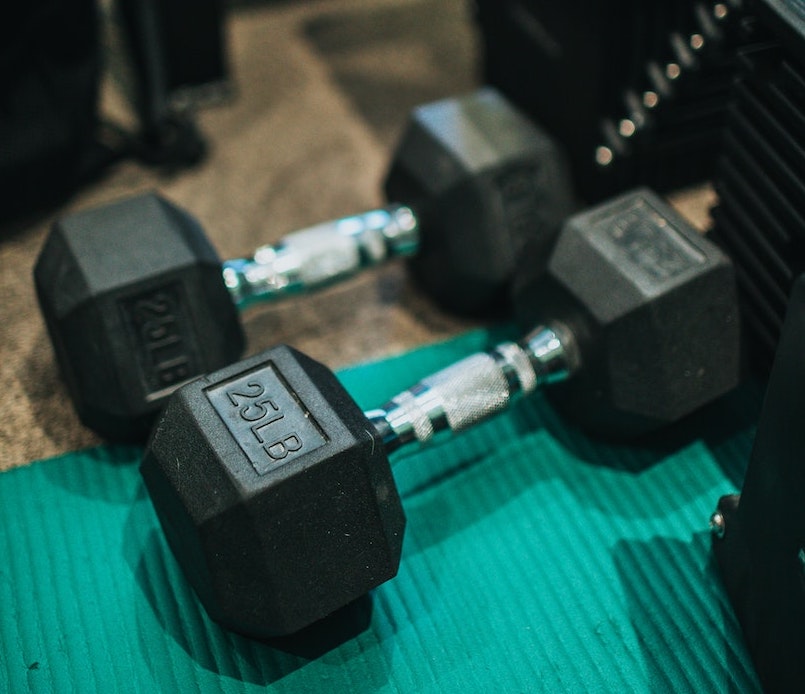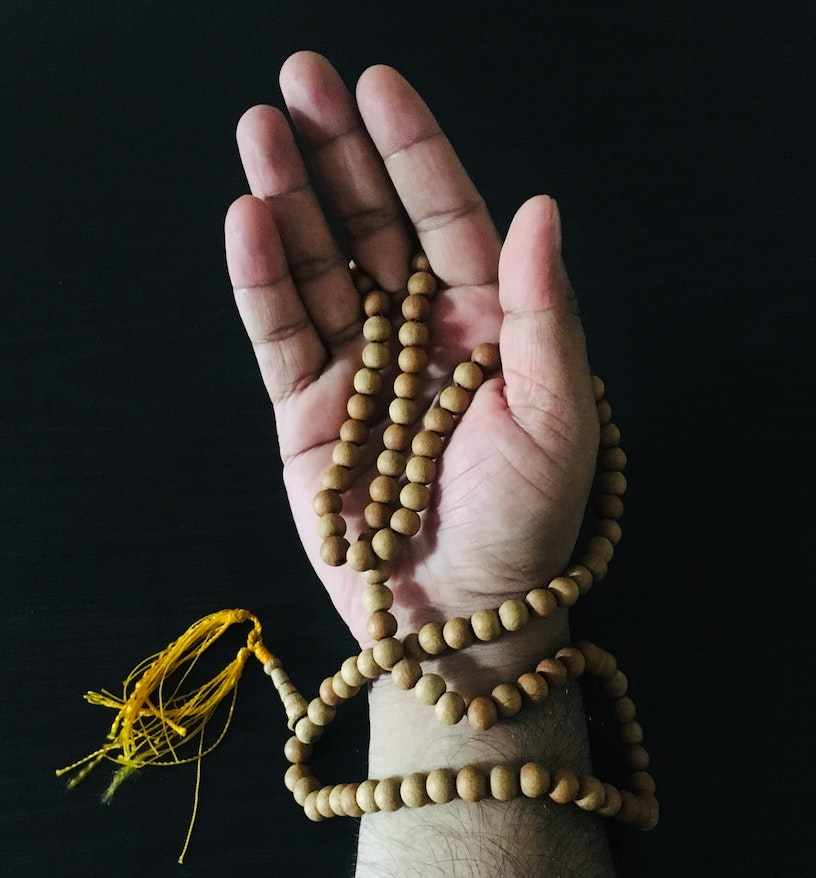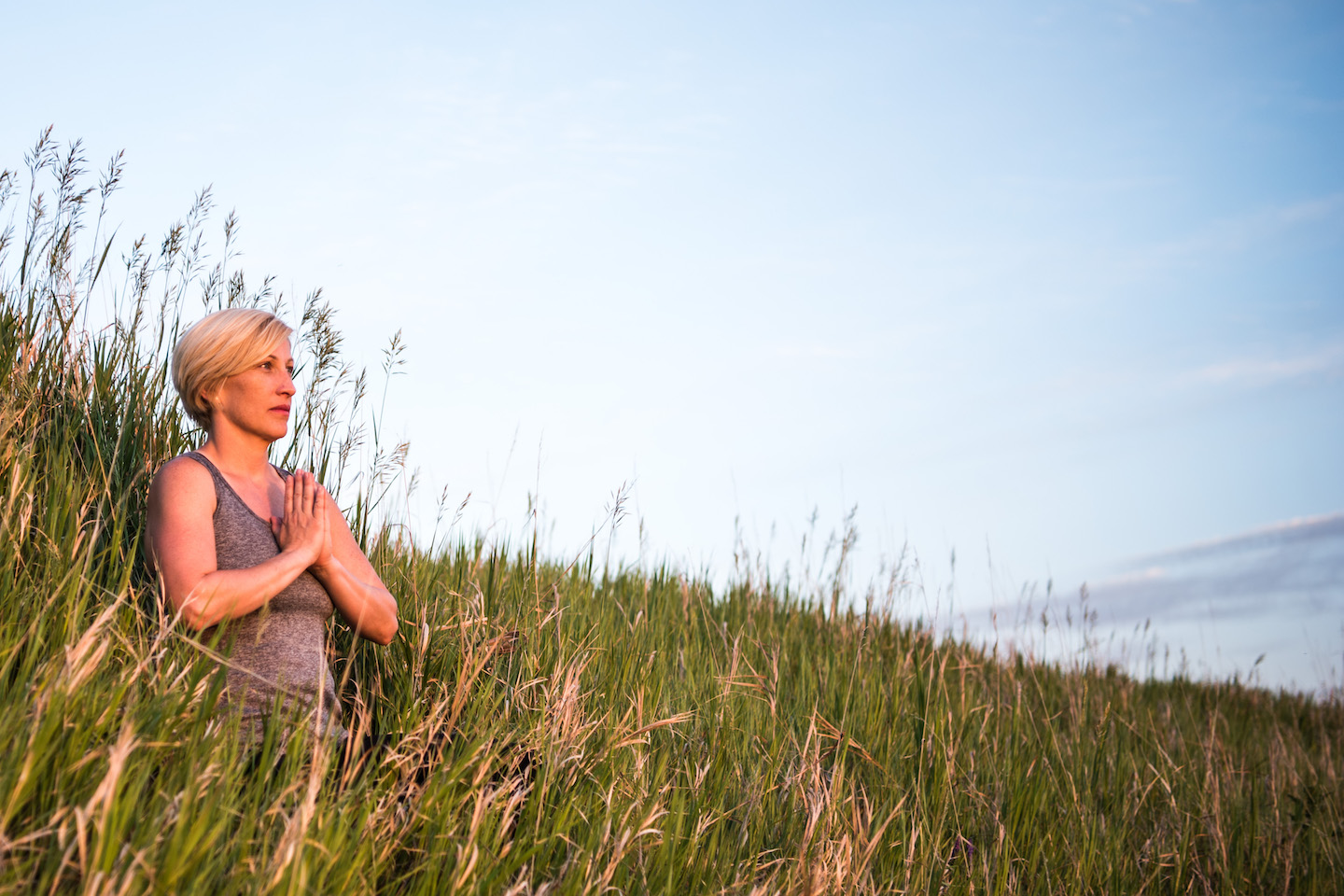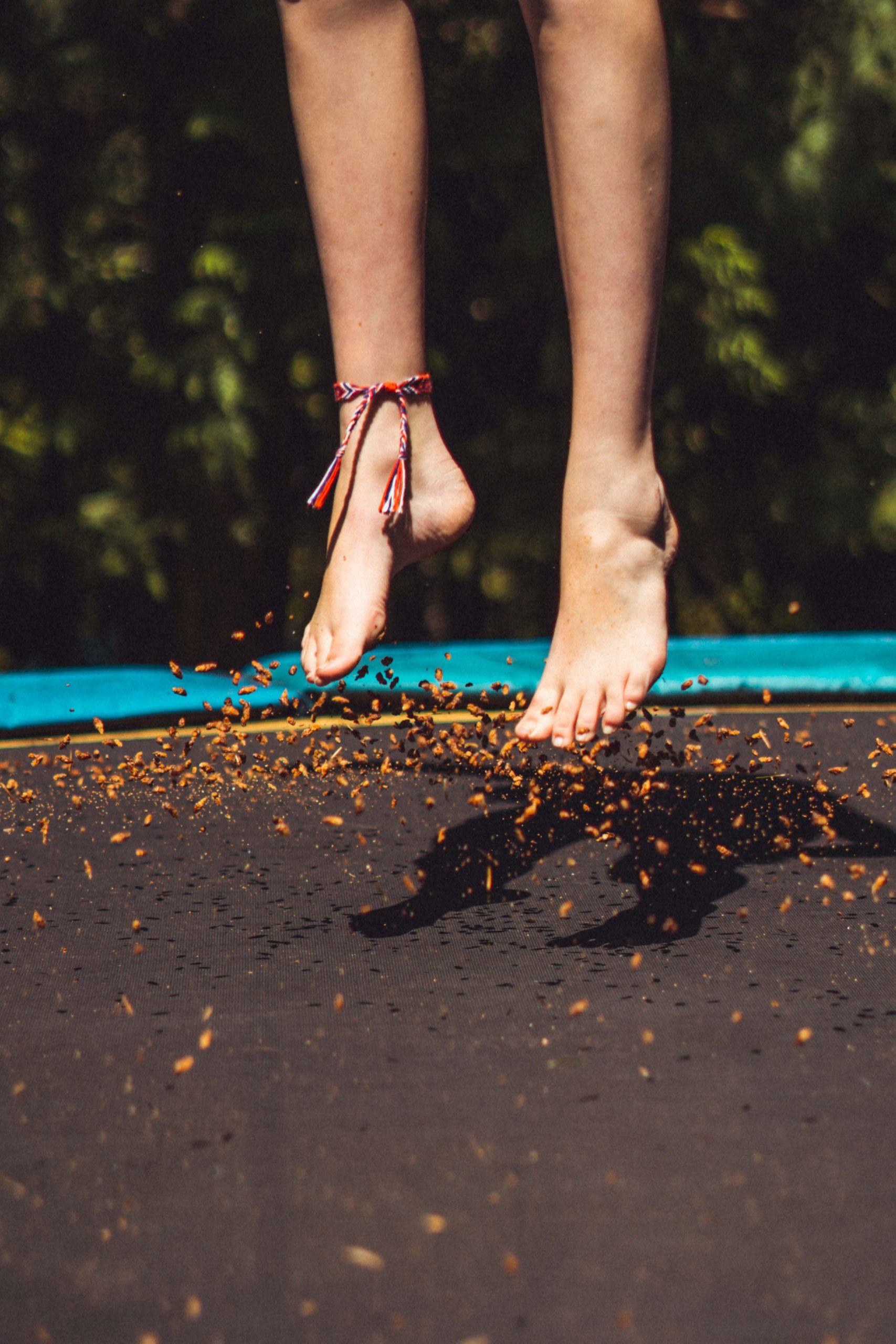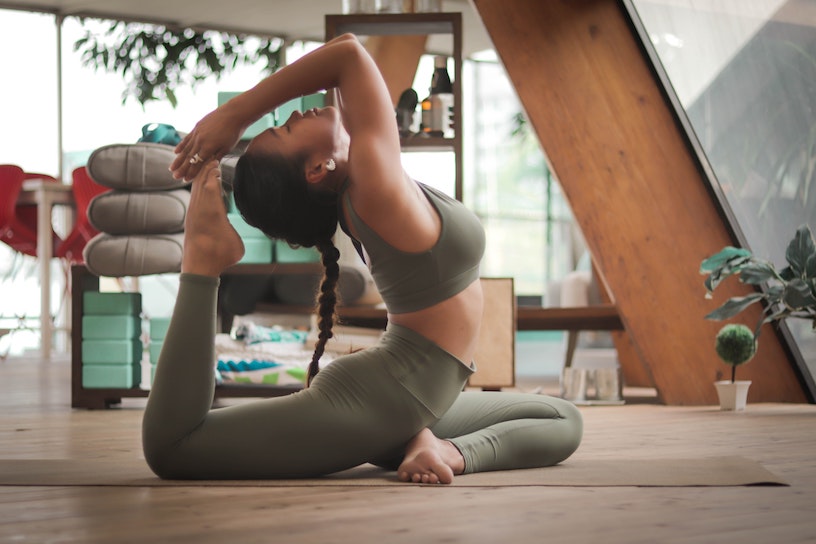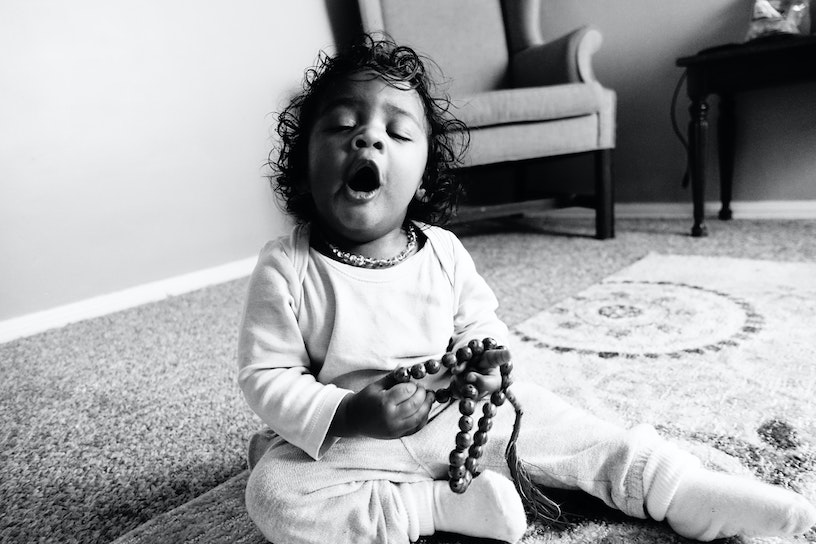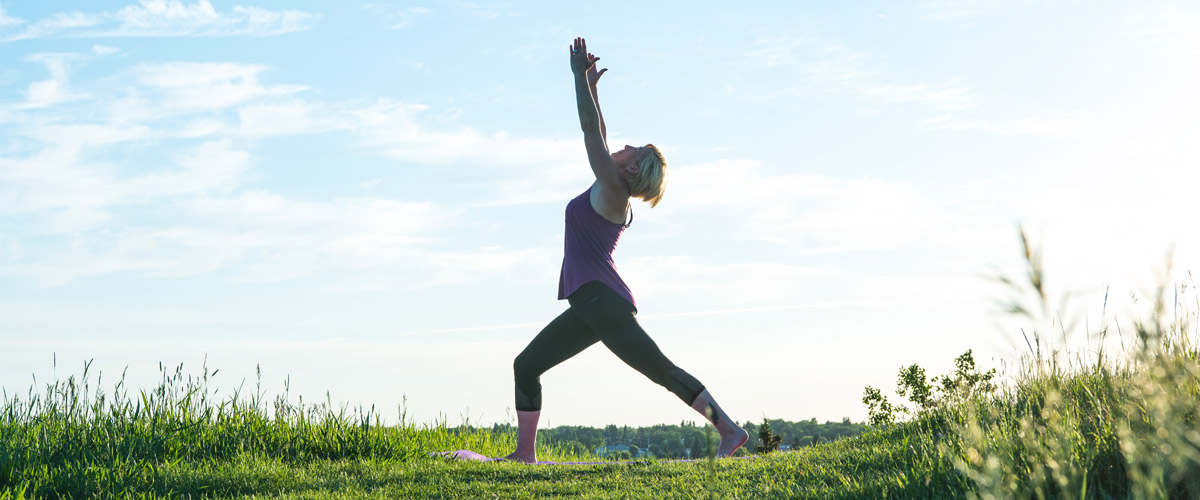 March 11, 2021 will be forever ingrained in our minds. That was the day we heard our oldest son (15 years) has Level 1 Autism Spectrum Disorder (ASD).
March 11, 2021 will be forever ingrained in our minds. That was the day we heard our oldest son (15 years) has Level 1 Autism Spectrum Disorder (ASD).
ASD is a behavioural disorder of speech, communication, social interaction, and repetitive type compulsive behaviour. There are three levels of ASD recognized by the DSMV (Diagnostic and Statistical Manual, 5th edition). The three levels of severity for ASD include:
- Level 1: Requiring Support: Problems with inflexibility, poor organization, planning, switching between activities, which impair independence. Poor social skills, difficulty in initiating interactions, attempts to make friends are odd and unsuccessful.
- Level 2: Requiring Substantial Support: Marked difficulties in verbal and nonverbal social communication skills. Markedly odd, restricted repetitive behaviours, noticeable difficulties changing activities or focus.
- Level 3: Requiring Very Substantial Support: Severe difficulties in verbal and nonverbal communication. Very limited speech, odd, repetitive behaviour; many express their basic needs only.
- Level 1 can almost be invisible. Some people won’t see Brennan as anything but a normal teenager prone to mood swings and an aversion to hanging out with adults, lol. But it was a long and winding road getting Brennan diagnosed and while some people don’t believe in labels, we’re grateful.
- We had suspected off and on throughout the years that he may be on the spectrum, but no professionals took notice. That was until January of this year. Brennan and I had a meeting with a social worker, who we will be eternally grateful to. She asked within minutes of meeting Brennan if I wanted an assessment done. “Yes,” I emphatically replied, and thus begun the process. We were able to make arrangements with Children’s Autism Services of Edmonton (CASE) very quickly for an 18 hour+ assessment over the course of a week. And just like that, our suspicions were confirmed.
- Brennan always had quirks and as parents we adapted to whatever his latest one was. Looking back it almost seems there were signs the day we brought him home from the hospital. Having had a c-section (maybe his stubbornness began in utero, refusing to come out of breech position) we didn’t leave the hospital until he was three days old. That’s when I discovered that as an infant, he didn’t like having his clothes off. He screamed so much as I dressed him in the outfit I had picked out to bring my first baby home in, that a nurse poked her head in the door to see if everything was okay. This aversion to being undressed continued for some time.
- As I got my strength back and he grew, we started venturing outside the house. Brennan never liked being still, so the car had to keep moving, or the stroller had to keep moving, otherwise he screamed bloody murder.
- Later as a baby/toddler we never had trouble leaving Brennan at childcare, the opposite in fact. When he’d see us coming to pick him up, he’d run the other way – he didn’t tolerate transitions well. And rather than join the group of other children, he always went off on his own. Family members would comment how well he played in his room on his own. He still prefers alone time in his room.
- Potty training Brennan did not come easy or early. In fact, public washrooms would send him screaming out the door. Too scary, too loud. We adapted by finding him somewhere discreet outside to do his business or if we could, held the door open so it didn’t echo – even letting him leave and we’d flush the toilet afterwards. Outsiders may have thought he was in Pull Ups too long, but believe me, we tried every potty training trick we could find.
- Loud noises bothered him, talking toys frightened him, and he phased through different self-soothing behaviours such as thumb sucking, a must-have stuffy, rocking, blinking and hand gestures.
- We became more concerned with Brennan in the later stages of elementary school when he seemed to shut down after having been a very active and joyful boy. He barely spoke to us and seemed unhappy. That’s when we began a course of counsellors – never hitting the right mark. Even more recently trying medications for anxiety, attention and obstinance. None of which worked, none of which would work for Brennan on the ASD.
- This diagnosis doesn’t change him in our minds but it has been a relief in many ways. Now we know why. We know he can’t help the fact that he seems to stare off into space during family gatherings. He can’t help that he needs to escape noisy atmospheres. He can’t help his preferences for foods and how they appear on his plate. He can’t help his anxiety and lack of conversation skills. And with this knowledge comes guilt. Guilt that we tirelessly tried to get him to change. Fortunately kids are resilient and forgiving.
- ASD is not an excuse but a jumping off point to improve in the areas that are struggles, and who doesn’t have those, and shine in the areas that are his strengths. That’s right, there are some advantages. Did you know there are some companies who deliberately hire individuals with ASD because of their ability to narrow their focus and put all their energy into one specialized task? Yup. Temple Grandin, who works tirelessly on animal welfare and ASD education, has suggested that Silicon Valley is full of undiagnosed ASD people. And she should know, she was diagnosed when she was 4-years-old.
- Brennan’s future has never looked brighter. We are already part of support groups, he is in a teen hangout (currently virtual) with other ASD Level 1 kids just like him. He is going to be working with professionals on his conversation and social skills. He has the most understanding and hard working teacher this year who is part of his success team.
- There may be hurdles yet such as transitioning to senior high next year. And we worry if he will attend post-secondary school, be gainfully employed all his adult life, or if he’ll live independently and experience romantic relationships.
- What we have learned is that Brennan is Brennan. He can surprise us in amazing ways and force us to pivot when we least expect it. He is the most gentle soul you will ever meet and those who get to know him, can’t help but love. him.
- Mother’s intuition kept me at it; there is support out there. Do your research, our children are our number one job.
